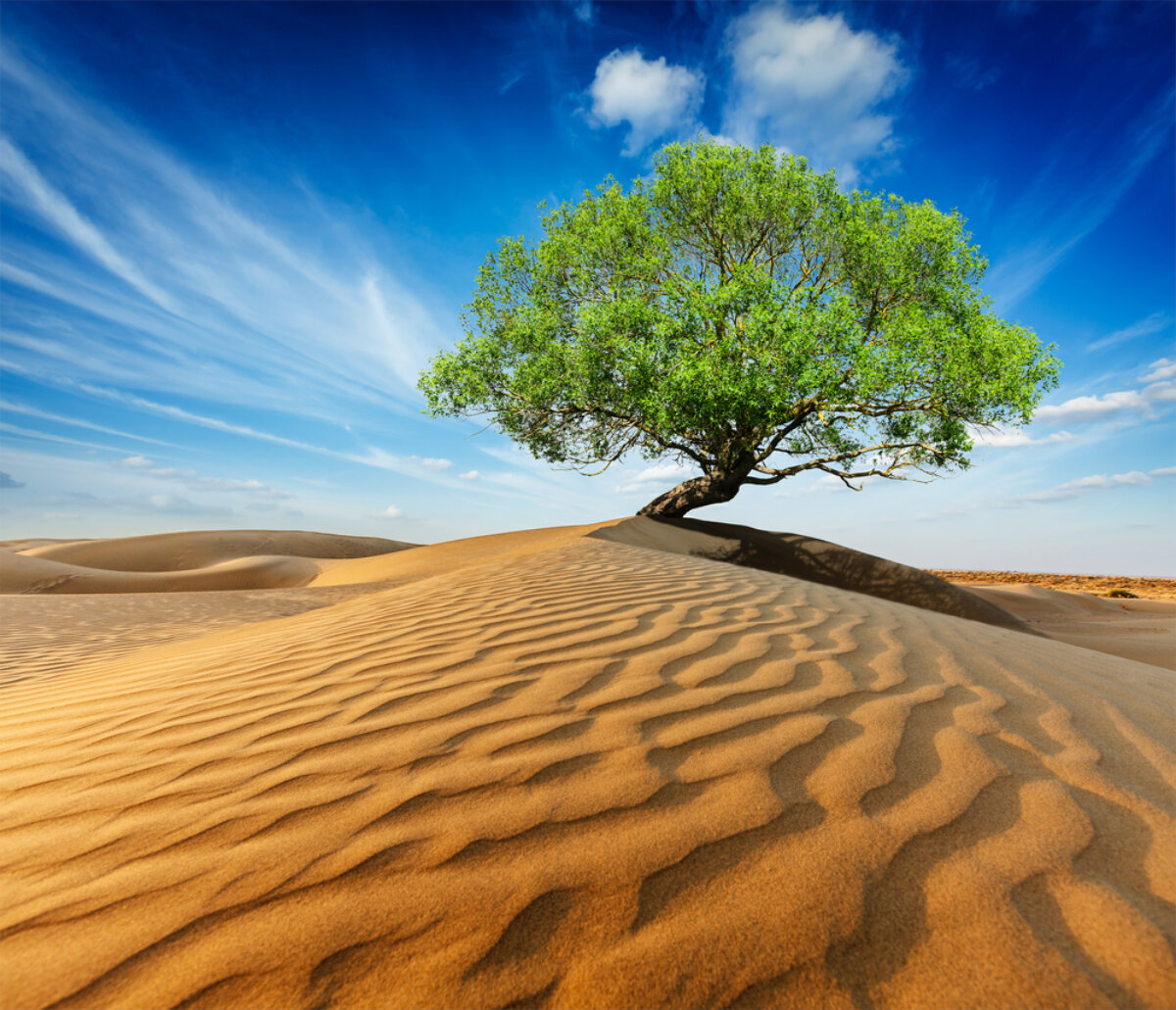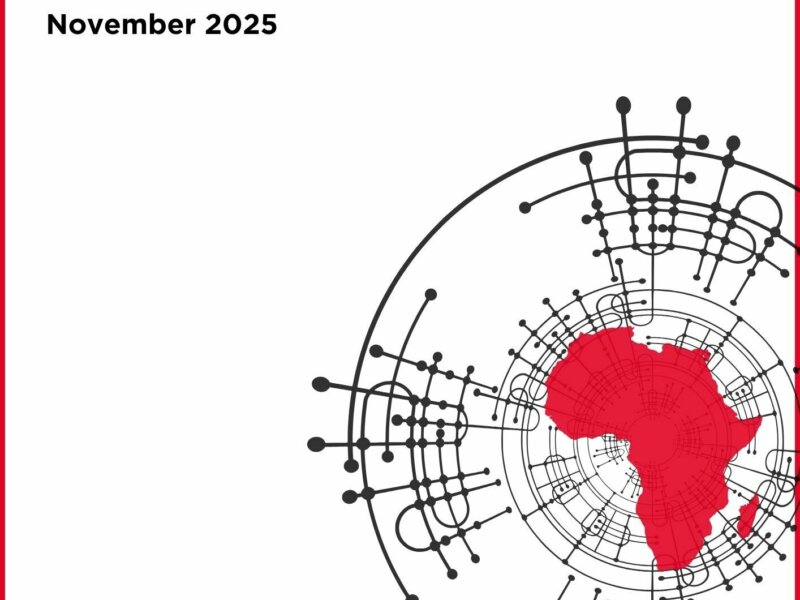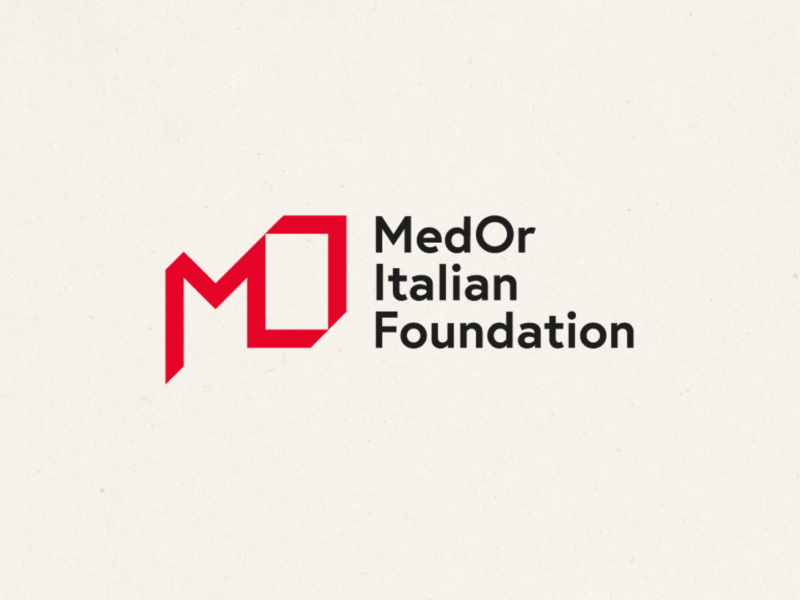The role of environmental research in the Mediterranean, from biosciences to earth magnetism
How international scientific collaborations can help people fighting climate change, particularly in the Broader Mediterranean. An analysis by Silvia Camisasca

Data contained in the United Nations Environment Agency’s RED 2020 report on the Mediterranean basin leave no room for interpretation: 15 percent of deaths are due to environmental factors, with over 228,000 victims annually due to air pollution alone, which is also responsible for the reduction of biodiversity, deforestation and the impoverishment of agricultural crops. By 2080, the productivity of the entire Mediterranean region could decrease by more than 20 percent, with peaks of almost 40 percent in countries such as Algeria and Morocco. “Trees, especially in urban areas, represent an important factor in air pollution reduction strategies, thanks, among other things, to their capacity to absorb air polluting particulates,” says Aldo Winkler, Head of the paleomagnetism laboratory at the Italian National Institute of Geophysics and Volcanology (INGV). “Moreover, as average temperatures are up by 1.54°C on pre-industrial values, with effects that are particularly evident in summer, trees, especially in cities which are more prone to the formation of heat bubbles, can reduce temperatures by up to 7°C, also helping to reduce energy consumption due to air conditioners, a further cause of polluting emissions,” he adds. Trees and urban forests provide mankind with a wide range of benefits, since they are true providers of so-called “ecosystem services”: “these services include the regulation of atmospheric gases and climate, the prevention of hydrogeological instability, as well as the constitution of habitats suitable for biodiversity. Furthermore, natural systems, of which the landscape and territory are essential elements, also provide ‘cultural ecosystem services’, such as aesthetic, recreational, educational, spiritual, artistic and, above all, identity values.”
Trees are so intrisically important for human life that they hold a special symbolic role in the Kabbalah, the complex of Jewish mystical and esoteric doctrines, where the Tree of Life represents the synthesis of the most important teachings. This is why the tree was also chosen as the symbol of the CHIOMA (Cultural Heritage Investigations and Observations: a Multidisciplinary Approach), a research project aimed at studying the harmful anthropogenic effects on urban environments and cultural heritage. Researchers from the country’s most prestigious institutions are working on the project side by side in a multidisciplinary team. In addition to Winkler, the project coordinator, these include: Antonio Sgamellotti from the Accademia Nazionale dei Lincei, Virginia Lapenta from the Villa Farnesina heritage site in Rome; Alfonsina Russo, Francesca Boldrighini and Gabriella Strano from the Colosseum Archaeological Park; Luciano Pensabene Buemi from the Peggy Guggenheim Collection in Venice; and Stefano Loppi from the University of Siena. CHIOMA, from the very beginning, took on a very peculiar connotation: to investigate the function of leaves and lichens in the process of controlling and mitigating the impact of atmospheric particulate pollutants on cultural heritage in urban contexts.
“The research started from Villa Farnesina, one of the symbols of the Roman Renaissance, which allowed us to investigate the role of trees in the protection of cultural heritage exposed to vehicular traffic and neighbouring human activities,” Winkler says. “Atmospheric particulate matters. Known as PM, it includes a magnetic component, which mainly derives from the metallic emissions of vehicular brakes. In addition to being a cause of degradation of our historical and cultural heritage, these particles are harmful to health: in fact, as they accumulate in the brain and heart, they are associated with neurodegenerative diseases, such as Alzheimer’s, and childhood heart disease.”
In an urban environment, atmospheric particulate metal is deposited on leaves and lichens. Throughh magnetic and chemical biomonitoring techniques, they can be analysed as valuable bio-indicators of atmospheric pollution, thus making it possible to distinguish PM due to natural sources – such as Saharan dust, transported by the Sirocco wind – from that produced in our cities, which is of anthropogenic origin and polluting. Moreover, with these methods, it is possible to delineate the pollution mitigation action of which each plant is capable, by measuring its capacity to accumulate PM, and to classify which species are most effective in providing environmental protection ecosystem services. Yet, in this historical period, ecosystems are changing at unprecedented speed, resulting in severe loss of biodiversity on a global scale. It is around this “environmental drama” that the destiny of Mediterranean populations hinges, with the awareness that joint efforts, the exchange of ideas and proposals, and sharing individual experiences will make the difference between preserving the civilisations that have flourished around the Mare Nostrum and abandoning them to their decline. This has led to a desire to pursue research, based on shared Israeli-Italian knowledge. “The Middle East, and Israel in particular, is facing great challenges in the era of global change: it is no coincidence that this region, considered a biodiversity hotspot – of which lichens are known bioindicators – is warming up at an accelerated rate, compared to the rest of the planet,” says Marcelo Sternberg, from the School of Plant Sciences and Food Security at Tel Aviv University, where he coordinates studies on how extreme drought and changes in rainfall distribution are affecting the biodiversity of Mediterranean shrubs and annual plants. “Understanding how climate change will affect these ecosystems is crucial to ensure best management practices for the region’s natural resources,”continues Sternberg, who is also in charge of one of the world’s oldest experimental research stations near Jerusalem. “Our approach is based on simulating a large reduction in atmospheric precipitation, as predicted by climate change models for this region.” The basic idea is, therefore, to represent in present days the expected environmental conditions for the immediate future. These anticipations are very valuable and, unfortunately, consistent with the scenarios foreseen by the scientific community. “Data indicate a significant reduction in plant biomass and species diversity, with important repercussions on fodder production. In order to mitigate climate change and adapt to future conditions, it is crucial to have this information now, so as to ensure sustainable management of natural resources now,” he concludes. The bond between Israeli and Italian researchers in recent months has been strengthening around the “common sentiment towards the environment.”
Collaboration between researchers from the two countries is deeply rooted and extends to broader areas. Sternberg, who is also member of the Scientific Committee of AISSI – which groups Italian researchers working in Israel – collaborates with Winkler in the Italian Council for a Beautiful Israel, the Italian Chapter of the association founded by Shimon Peres in 1968. The association has the mission to spread knowledge on environmental issues, so as to orient political, economic, cultural and scientific action. AISSI’s commitment extends to the historical level, by addressing the issue of the value of memory and sponsoring, through the commitment of Cristina Bettin, President of the Ben Gurion University of the Negev, a specific INGV project aimed at studying the impact of racial laws during the Fascist period and the persecution against the Jewish scientific and academic community in Italy. Participating institutions include, among others, the Accademia Nazionale dei Lincei, CNR, INAPP, Unione delle Comunità Ebraiche Italiane, and the Jewish Community of Rome.
The Israeli-Italian scientific partnership is also being strengthened in the field of paleomagnetism – a discipline which, in addition to providing valuable climatic-environmental indicators, aims at reconstructing the characteristics of the earth’s magnetic field in the past. Recently, teams of researchers from INGV, Tel Aviv University, the Council for British Research in the Levant and the University of San Diego reconstructed the Earth’s magnetic field between 10,000 and 8,000 years ago, thanks to the analysis of ceramics and flints from four archaeological sites in Jordan. “The Earth’s magnetic field,” explains INGV researcher Anita Di Chiara, “ has changed significantly in the past: this study helps us understand the behaviour of today’s magnetic field, which is also characterised by a marked weakening. This is particularly useful for climate and environmental researchers because its reduced intensity reduces the shielding effect from solar radiation, with greater penetration of solar energy particles and cosmic rays on the Earth’s surface.” This is further evidence of how international scientific collaborations enrich knowledge on a global scale – an increasingly important factor in the face of the ongoing energy and environmental crises – and how the Mediterranean is, once again, the heart of civilisation.



